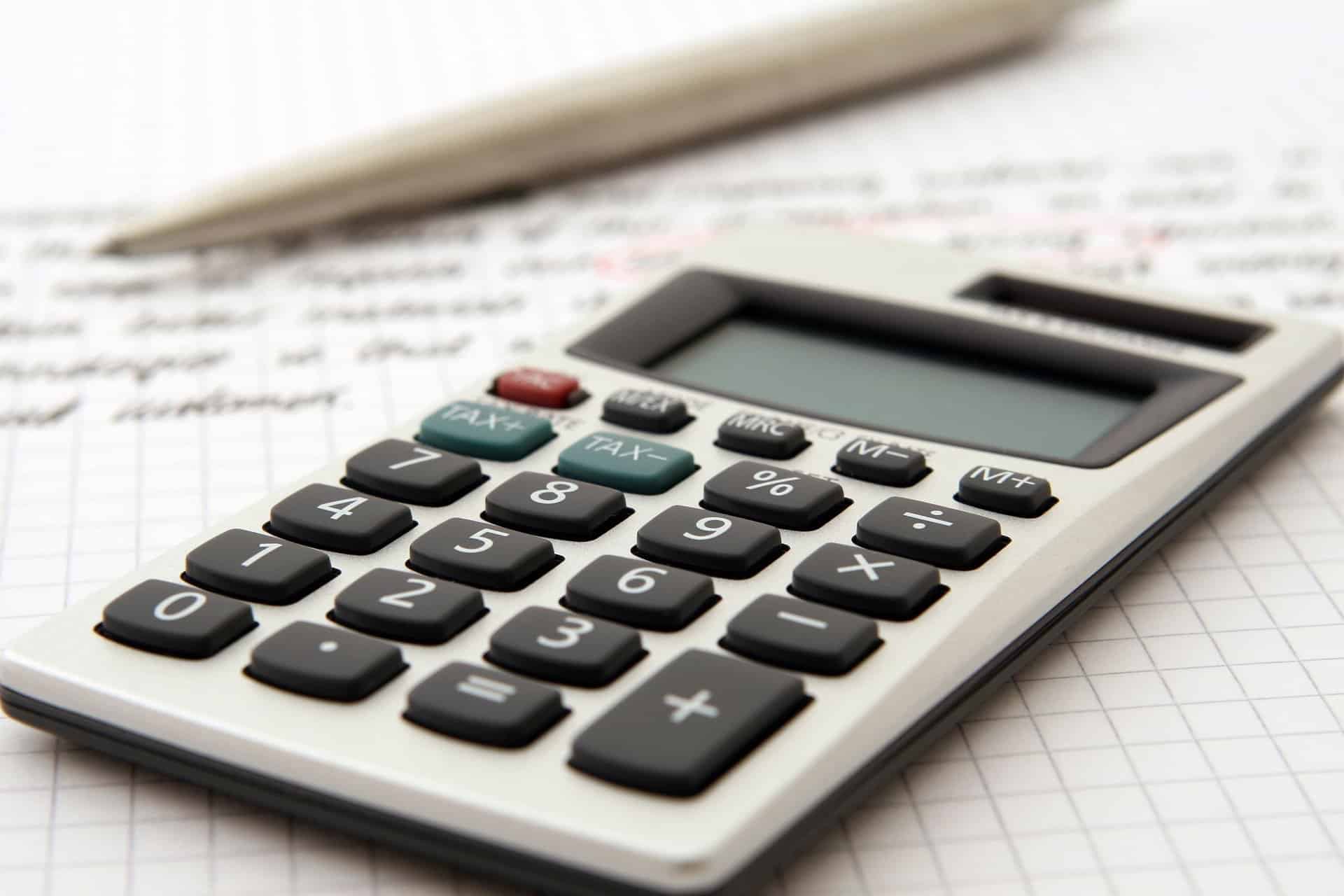The Trump administration imposed another round of tariffs on Chinese products in September 2018. The pressure placed on manufacturers and retailers after the first few rounds in May, July and August of the same year did not significantly affect Amazon FBA sellers since it applied to raw materials. This most recent import tax, however, has them concerned not about what the effects will be, but how badly they will get hit. The initial 10% tax levied was raised to 25% earlier this year, making matters worse. The effects of any retaliatory tariffs imposed by China remain to be seen.
What are these Tariffs on Chinese Products?
The first set of tariffs affected only about 20% of Amazon FBA sellers. The new tariffs apply to $200 billion worth of products imported from China, however, and are placed on finished products as well as raw materials, for instance:
The Trump administration imposed another round of tariffs on Chinese products in September 2018. The pressure placed on manufacturers and retailers after the first few rounds in May, July and August of the same year did not significantly affect Amazon FBA sellers since it applied to raw materials. This most recent import tax, however, has them concerned not about what the effects will be, but how badly they will get hit. The initial 10% tax levied was raised to 25% earlier this year, making matters worse. The effects of any retaliatory tariffs imposed by China remain to be seen.
What are these Tariffs on Chinese Products?
The first set of tariffs affected only about 20% of Amazon FBA sellers. The new tariffs apply to $200 billion worth of products imported from China, however, and are placed on finished products as well as raw materials, for instance:
- Some bags, cases, luggage, suitcases
- Seafood
- Some gloves
- Some furniture items
- Medium-density fibreboard (MDF)
- Raw silk
- Prefabricated buildings
- Electric lamps and lighting fixtures
Basically, what we were looking at in 2018 was taxes levied on raw materials that would raise the cost of production for some US manufacturers and therefore raise the cost of their finished products. Businesses sourcing finished products from China were therefore mostly unaffected. Now, the opposite is true.
If your business can withstand price increases, then you will be fine. With narrow margins for many products sold on Amazon, however, these tariffs on Chinese products may present a problem.
Here’s another list from InternetBizUni on products that are affected:
- Car parts
- Car accessories
- Some consumer accessories
- Surgical equipment and gloves
- Remote controls
- Motors and motor parts
- Iron or non-alloy steel and semi-finished products
- Caps, lids, seals, stoppers and other closures, of noncellular vulcanized rubber other than hard rubber
- Stainless steel, width 600mm+, hot-rolled flat-rolled products, in coils, w/thick. 3 mm or more but less than 4.75 mm
- Textile calendering or rolling machines.
- Non-electric storage water heaters
- Fire extinguishers
- Brewery machinery
- Textile printing machinery
- Molds for rubber or plastics, injection or compression types
Yet another list identifies the following affected products:
- Candies without cocoa
- Plastic gloves and rain jackets
- Leather handbags
- Fur and artificial fur clothing
- Upholstery
- Denim
- Man-made textiles
- Fabrics
- Ceramics
- Glass and glassware
How are these New Import Taxes Affecting Amazon Sellers?
Amazon absolutely dominated Ecommerce sales again in 2018 with over $258 billion in sales. Another set of tariffs on Chinese products is not really going to put a dent in that.
Overall, however, the taxes are going to make growth harder on the marketplace:
- Some new sellers sourcing from China struggle to launch because of the uncertainty faced due to the new tariffs on Chinese products.
- Some old sellers who are completely dependent on China sourcing may have to give up certain products and / or give up completely and close up shop.
Here’s another factor to consider for sellers outside China: China-based sellers have long been strong competition for others who source from China. Some believe that these new tariffs may restore some balance. The reality, however, is that it’s more likely to give Chinese sellers a greater advantage where finished products are concerned.
What Can Amazon Sellers Do?

Shift Source
Sellers can choose to manufacture or source elsewhere. Making changes to a supply chain is never simple, however. Whether you import raw materials for private label products or buy finished items from manufacturers, you will run into challenges, like:
- taking some losses as you search for new suppliers
- building new relationships and sorting out logistics all over again
- uncertainty as to product quality from the new source
Raise Prices
The easiest solution is to raise your prices to compensate for the rise in cost. This may not be feasible for some sellers, however. The competition on Amazon is already fierce, so higher prices may mean a significant drop in sales.
Be Efficient
There’s always room for improvement, as the saying goes. Amazon businesses can try to streamline processes and improve marketing strategies, for instance, to balance things out. Those that are already lean, however, are not likely to find any place to get back the extra dollars that the tariffs took away.
Final Thoughts
All sellers need to take a good look at what the three rounds of tariffs on Chinese products – and two more proposed, eventually covering all imports – to see how they affect their bottom line. All we can give are estimates, but you need to know the specific impact on your business so you can make informed decisions on your next steps.
None of the above solutions are short-term fixes, and each should be considered carefully. The impact of errors in implementing any of the above will likely result in massive loss. Thorough planning and close monitoring of both the changes you make and any updates to the tariffs on Chinese products, however, will go a long way to ensuring a healthy outcome for your business.




